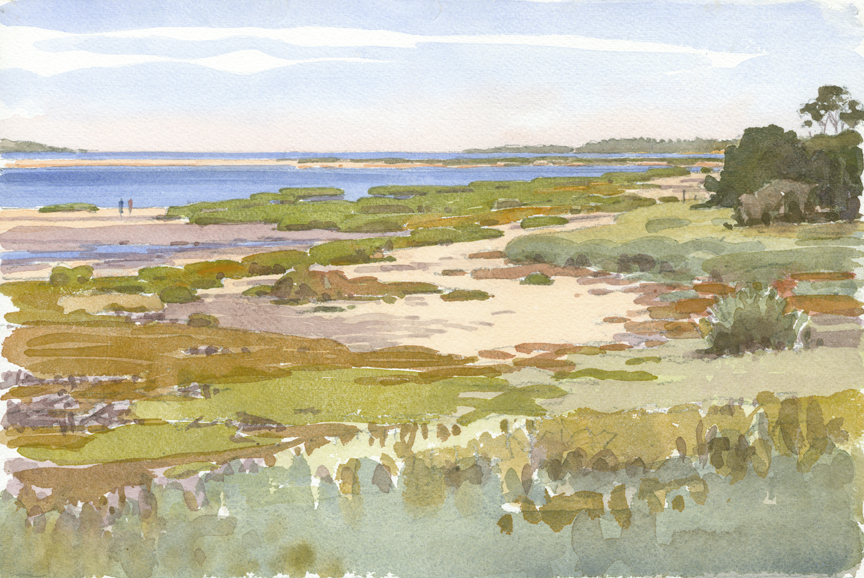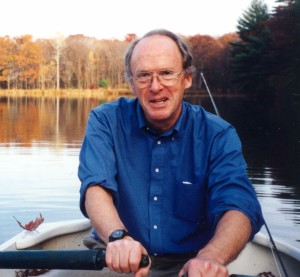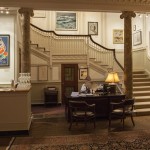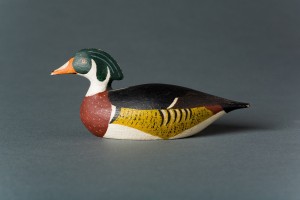
Barry Van Dusen’s Shoreline at Long Pasture
On Saturday, October 24th at 3pm at the Museum of American Bird Art in Canton, Barry Van Dusen will give an illustrated lecture on his latest and most ambitious Artist-in-Residency project yet: during a 22-month period, Barry will visit at least 45 Mass Audubon Wildlife Sanctuaries, producing drawings and paintings at each location.
Barry is currently about halfway through the project, having visited 23 properties and produced over 50 watercolors, traveling more than 1,000 miles around the state from the foothills of the Berkshires to the Upper Cape.
In this one-hour illustrated talk, Barry will share stories and paintings from his previous residencies, and describe his Artist-in-Residency project at Mass Audubon.
You’ll hear about his adventures exploring Mass Audubon properties all around the state, and learn more about the approach Barry uses to meet the demands and challenges of working on location. A selection of the original watercolors he has produced for the project will be on temporary display. Learn more about the lecture
Barry has a long association with Mass Audubon as an illustrator for our publications for nearly 30 years. Beyond his remarkable illustration work, he has established himself as an internationally recognized fine artist focusing on the natural world and most often birds.
Barry brings this rich experience to the task of capturing compelling natural history moments at Mass Audubon’s treasured sanctuaries. Fellow artist James Coe says, “Barry Van Dusen’s paintings are among the most original works being created today. Every perfect
gesture; each lively glint in a bird’s eye is there because Barry observed that in nature.”




